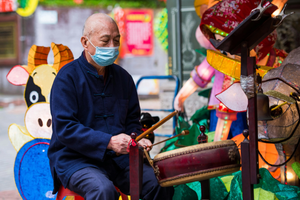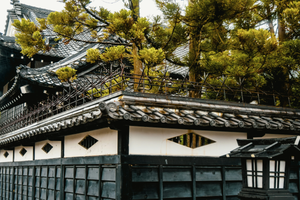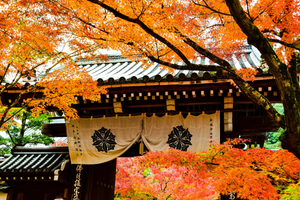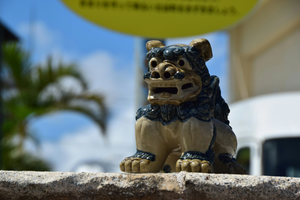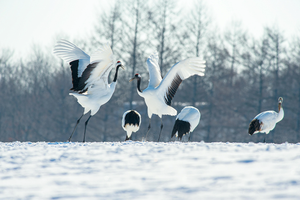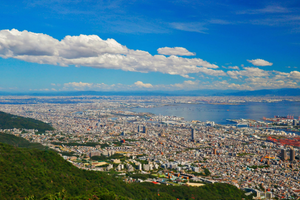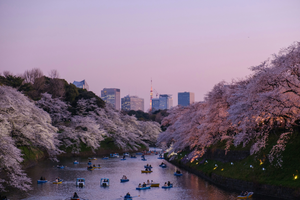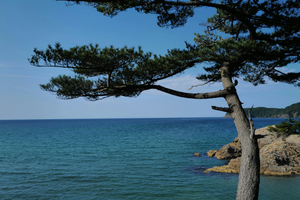From Island Rhythms to Sacred Rituals: Experience Okinawan Festivals like a Local

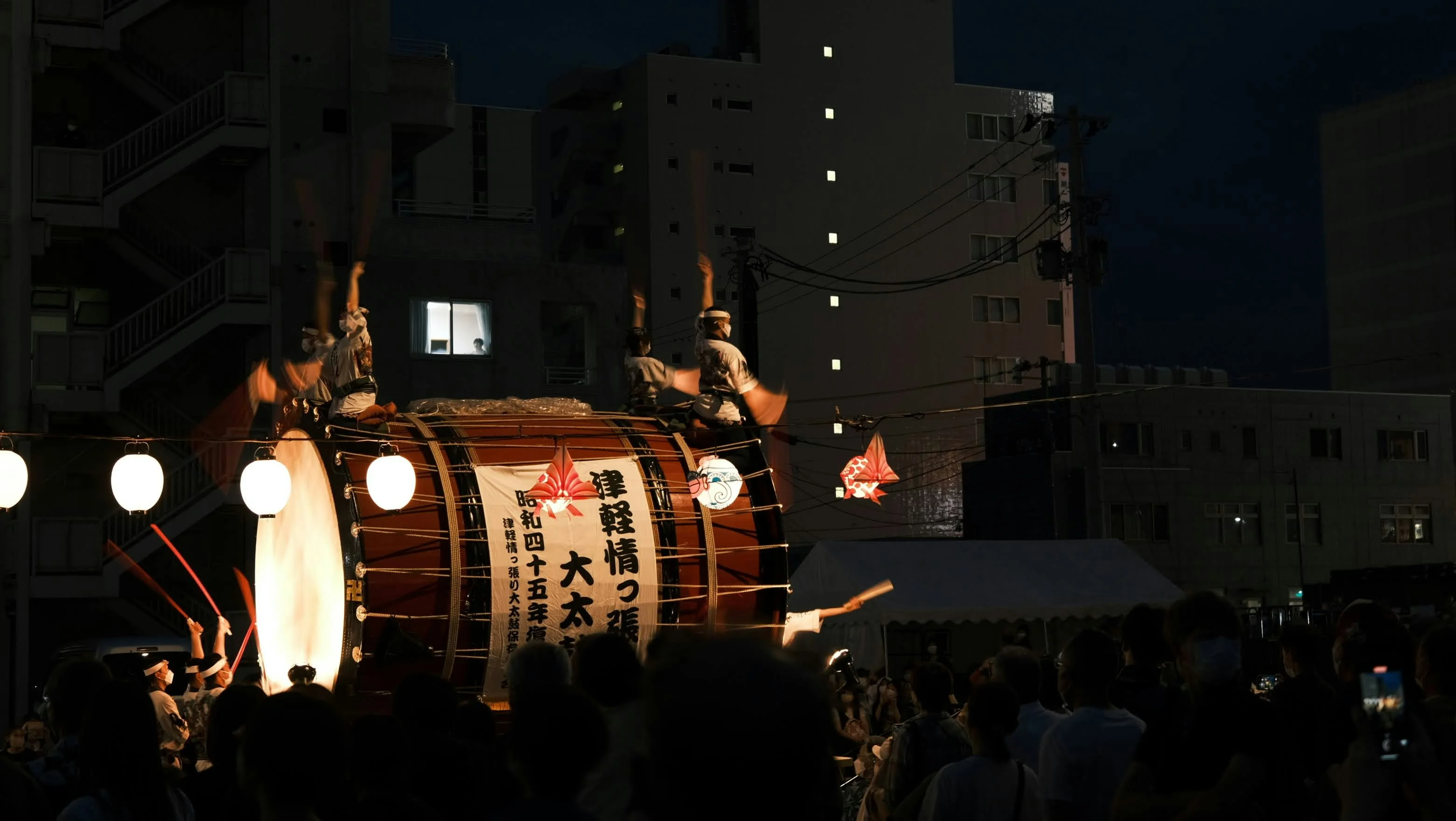
The Island's Musical Heritage
Music is the lifeblood of Okinawa. The island is renowned for its distinctive musical style, which is often showcased during its festivals. The Okinawan Sanshin, a three-stringed instrument, is chiefly responsible for the island's melodic charm. Unlike the more reserved tone of mainland Japan, Okinawan music is fast-paced and lively, encouraging spontaneous dance and joy.
During the annual Eisa Festival, which traditionally celebrates the ancestors, the streets come alive with energetic drum performances and lively dances. Locals of all ages participate, dressed in colorful costumes, as they dance to the beats of Taiko drums. This festival is not only a feast for the eyes and ears but a testament to the tight-knit community spirit that defines Okinawa.
Sacred Rituals: Connecting Past and Present
Moreover, the Tug-of-War Festival in Naha is a captivating spectacle with both spiritual and communal significance. The festival, which takes place in Naha, the capital of Okinawa, involves thousands of participants pulling a giant rope in unison. It's not just a tug-of-war; it's an embodiment of harmony and unity, rooted in rituals that aim to ensure prosperity and good fortune for the community.
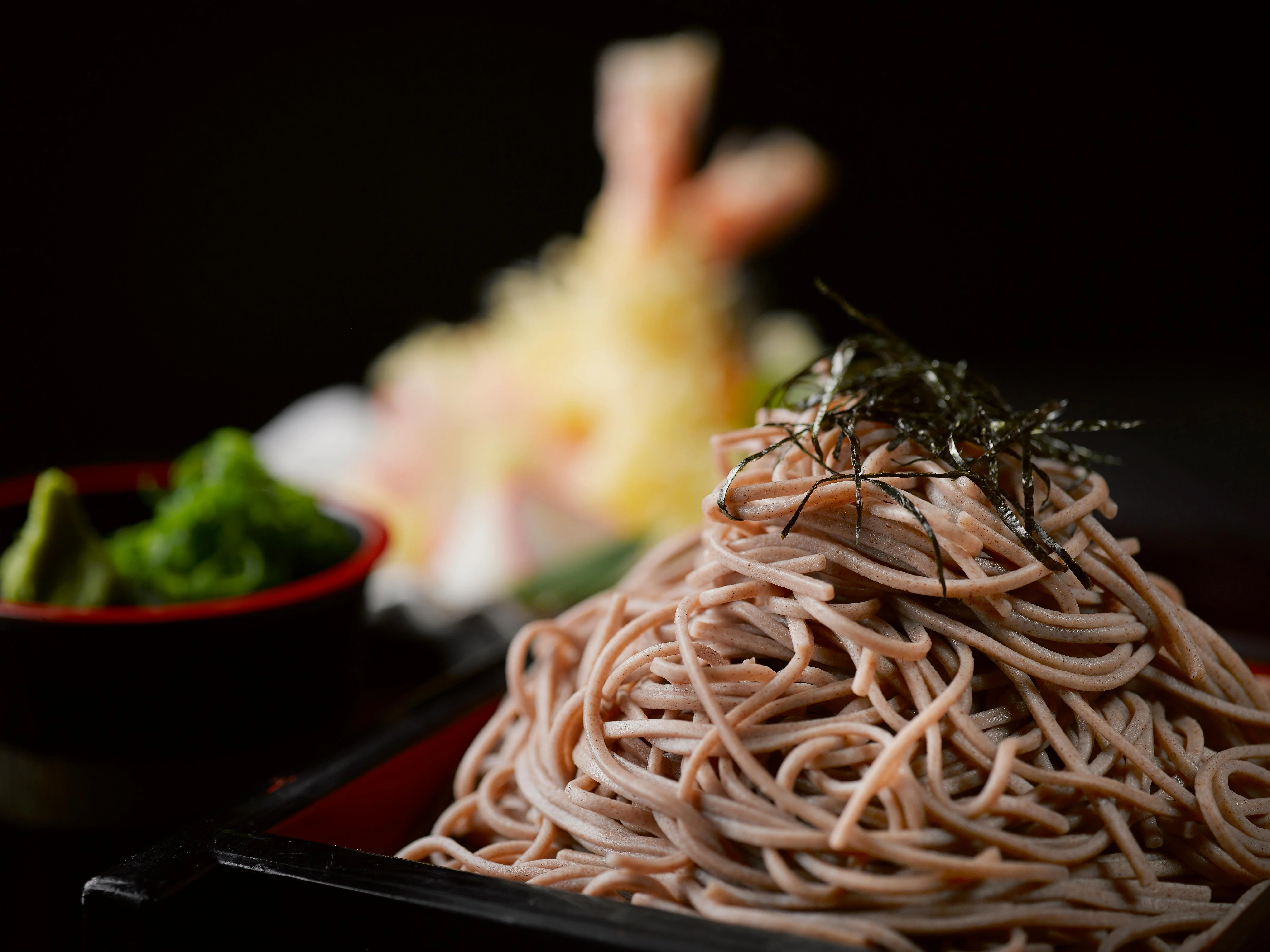
Culinary Delights and Local Flavors
No festival is complete without food, and Okinawan festivals are a veritable feast for the senses. The island's cuisine is a delightful fusion of local and foreign influences, reflecting its history as a trade hub. Visitors can savor unique dishes like Goya Champuru (a stir-fried bitter melon dish) and the famous Okinawa Soba noodles, which make perfect festival fare.
Street vendors set up stalls lined with delectable treats, offering everything from freshly grilled seafood to traditional sweets like Sata Andagi—Okinawan doughnuts that are crispy on the outside and soft on the inside. This gastronomic adventure adds another layer to the festival experience, allowing you to taste the island's multicultural heritage.
Let the Quirky Charm Sweep You Off Your Feet
To truly experience these festivals like a local, engage with the community, embrace the openness and joy that comes with each celebration, and let the unique rhythm of Okinawa envelop you. Explore beyond the surface, and you'll find that the island's festivals are not just events but invitations to be part of an enduring story.
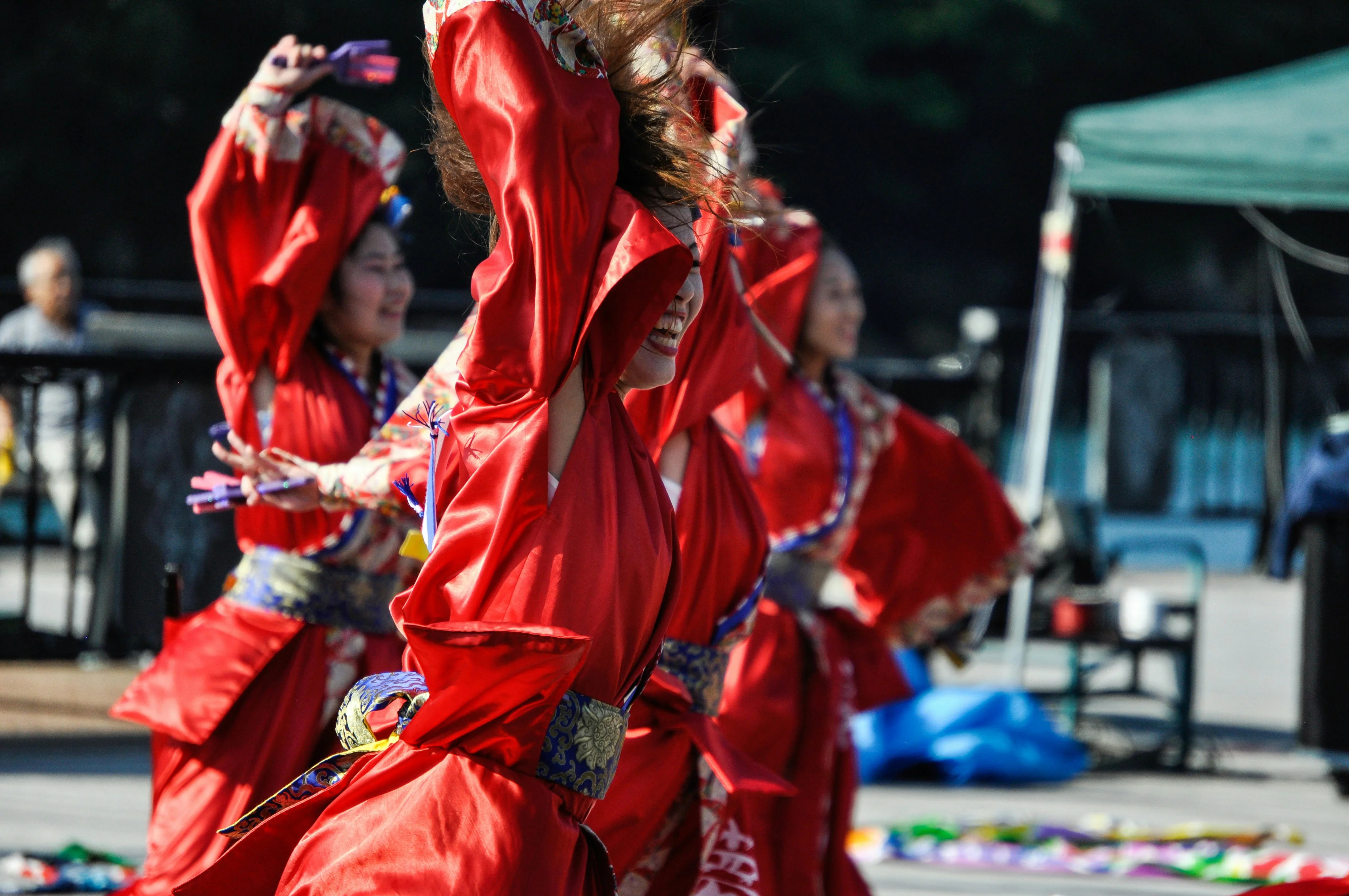
Conclusion
Experience Okinawan festivals is a journey into the heart of the island's culture, where history and modernity blend seamlessly to create unforgettable memories. Whether you're drawn in by the hypnotic beats of the Eisa drums, the solemn reverence of sacred rituals, or the mouth-watering fusion of flavors, Okinawa offers a festival experience that is both unique and deeply enriching. So, next time you find yourself in Japan, venture to Okinawa to join the locals, savor the traditions, and let the island's quirky charm sweep you off your feet.
